Paraguay stamps year 1982- Airmail – German Rocket Technology MSS MNH
German rocket technology, especially during World War II, laid the foundation for modern rocket science and space exploration. The most significant advancements were made under the leadership of engineers like Wernher von Braun, who played a key role in the development of rockets such as the V-2.
Here’s an overview of key aspects of German rocket technology:
1. V-2 Rocket
- Development: The V-2 (Vergeltungswaffe 2) was the world’s first long-range guided ballistic missile. It was developed by Nazi Germany during the war.
- Technical Specifications:
- It was powered by a liquid-propellant rocket engine, using alcohol and liquid oxygen.
- The V-2 could reach altitudes of around 200 km and speeds up to 5,760 km/h (3,580 mph).
- The missile had a range of 320 km (200 miles) and carried a 1-ton warhead.
- Impact: It was used against Allied targets, particularly London and Antwerp, but was not strategically decisive. However, it marked a significant leap in missile technology.
2. A-Series Rockets
- A-4 (V-2): The V-2 was part of a series of experimental rockets. Earlier versions, like the A-1 through A-3, were prototypes leading to the A-4, which became the V-2.
- A-9/A-10: These were part of the German plans to develop intercontinental ballistic missiles (ICBMs) capable of reaching the United States. Though they never became operational, the designs represented ambitions for long-range rocketry.
3. Peenemünde Rocket Research Center
- Location: Situated on the Baltic Sea, Peenemünde was the primary research and development site for German rocketry during WWII.
- Key Figures: Wernher von Braun and his team worked here, developing various rocket designs, including the V-2.
- Post-War Impact: After the war, the Allies seized much of the technology and scientific expertise from Peenemünde.
4. Operation Paperclip
- Context: Following the end of WWII, the U.S. and the Soviet Union sought to capture German scientists and technology to advance their own missile and space programs.
- Impact: Wernher von Braun and many other German scientists were brought to the U.S. under Operation Paperclip, where they significantly contributed to the U.S. space program, particularly NASA’s Apollo program.
5. Soviet and U.S. Influence
- The Soviet Union also captured German rocket engineers, and their work laid the groundwork for early Soviet rocketry, leading to the launch of Sputnik in 1957.
- In the U.S., von Braun became a key figure in the development of the Saturn V rocket, which sent astronauts to the Moon.
Legacy
The innovations of German rocket scientists, while developed under morally and ethically problematic conditions during the Nazi regime, contributed to the post-war arms race and space exploration. Many aspects of modern rocketry, from guidance systems to propulsion, trace back to this era of intense technological development.

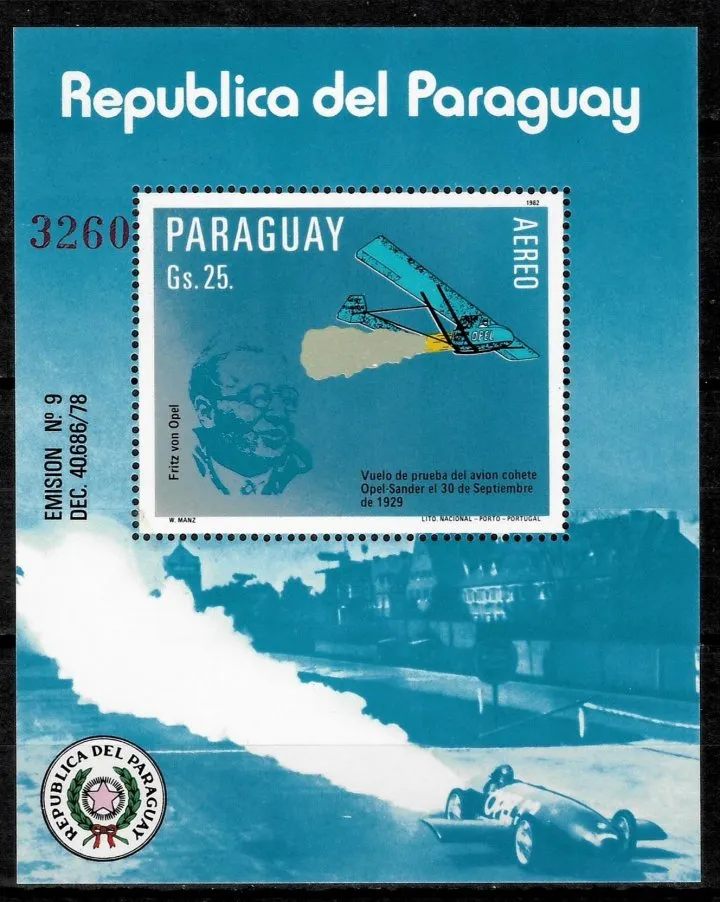
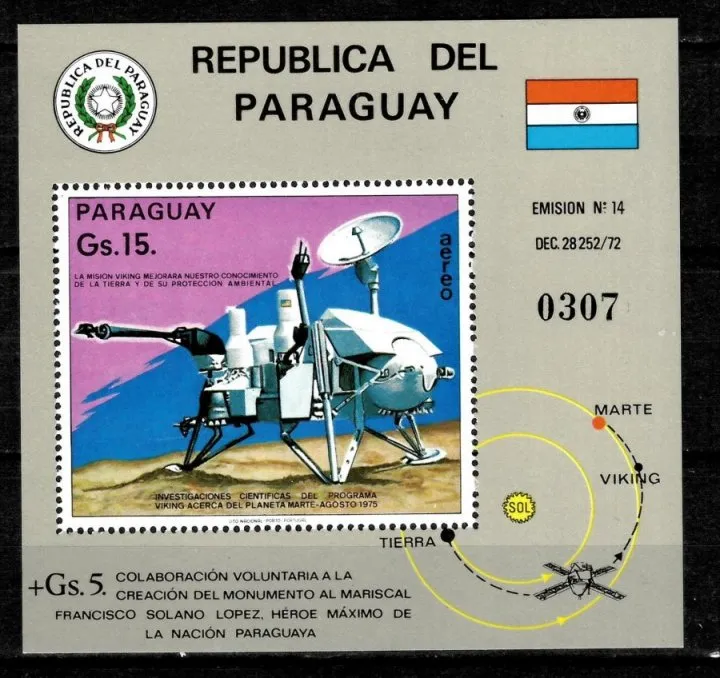



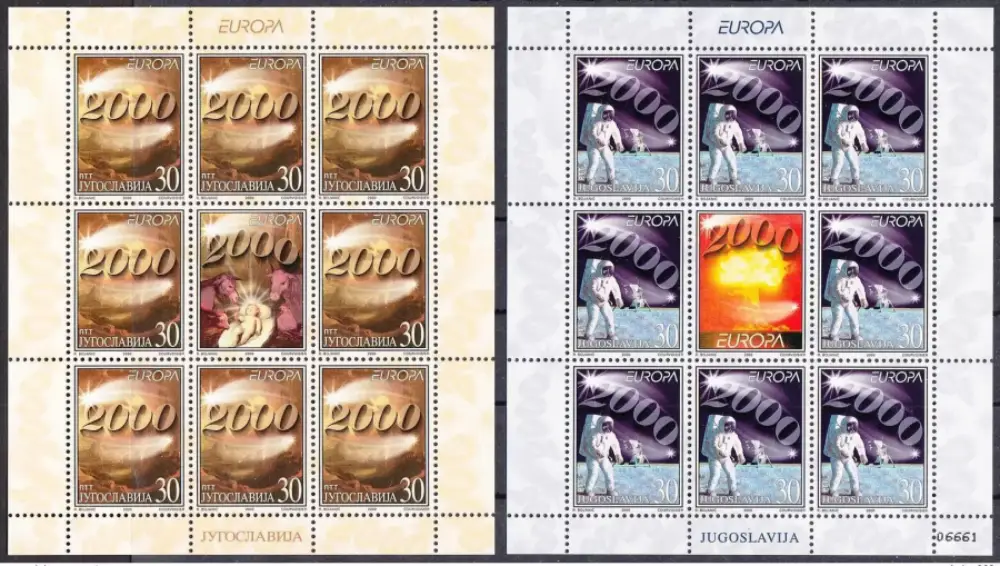

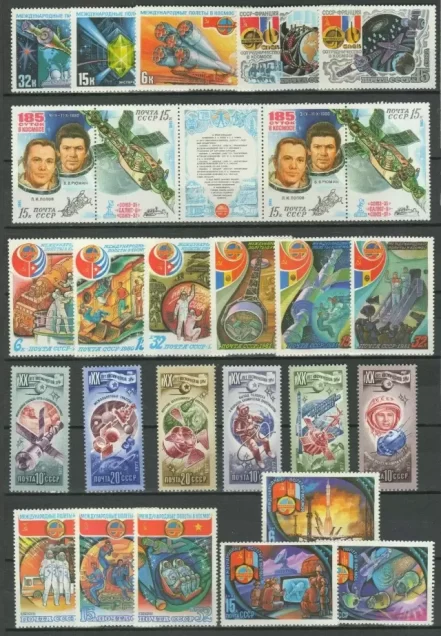
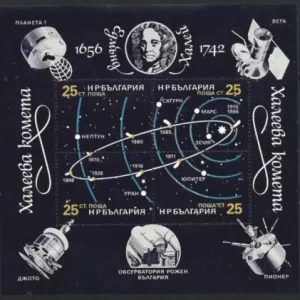
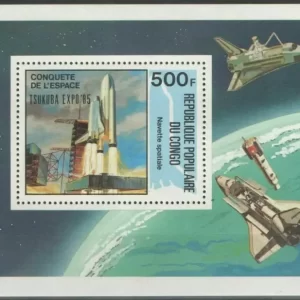
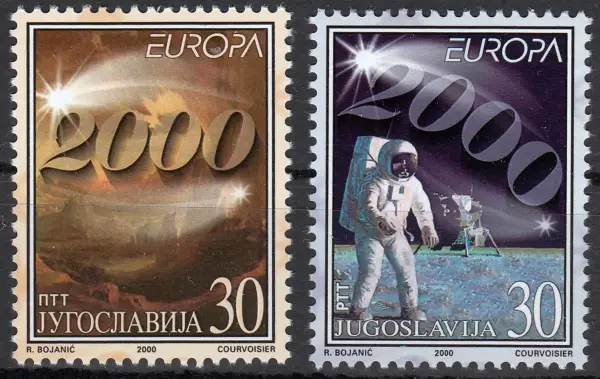

Reviews
There are no reviews yet.